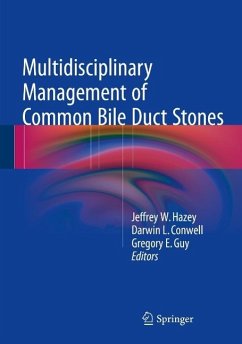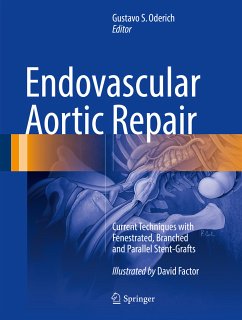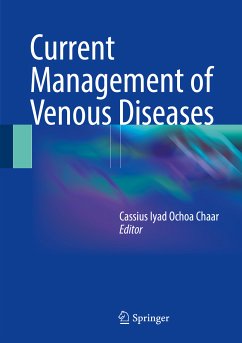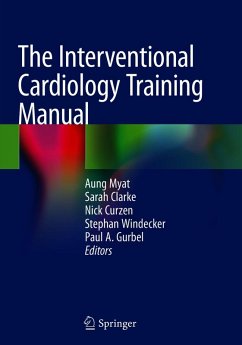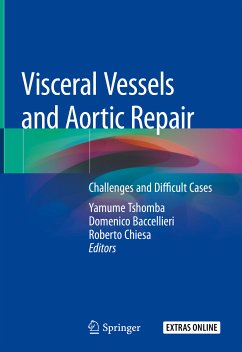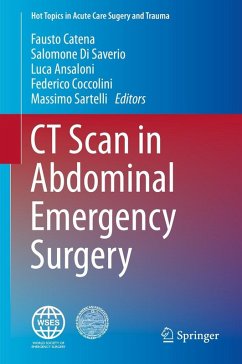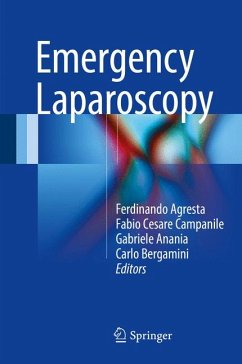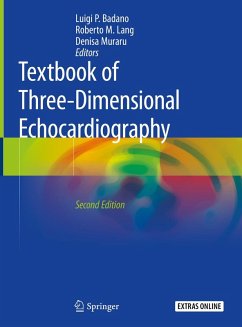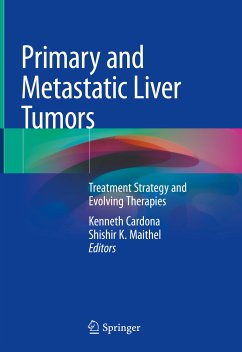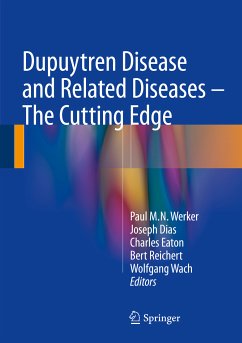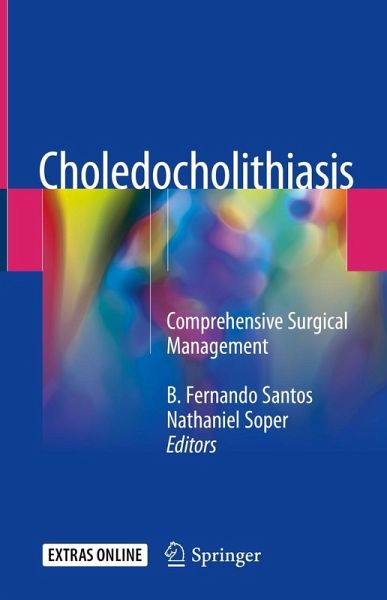
Choledocholithiasis (eBook, PDF)
Comprehensive Surgical Management
Redaktion: Santos, B. Fernando; Soper, Nathaniel
Versandkostenfrei!
Sofort per Download lieferbar
80,95 €
inkl. MwSt.
Weitere Ausgaben:

PAYBACK Punkte
40 °P sammeln!
This volume addresses the current lack of knowledge of many general surgeons and trainees in the comprehensive management of patients with choledocholithiasis, with an emphasis on how the surgeon can provide single-stage management for the majority of patients. It begins with a historical perspective on surgical techniques for laparoscopic common bile duct exploration (LCBDE) and reviews the knowledge and experience gained during the "open" era. Subsequent chapters cover preoperative evaluation, decision-making, and operative management, including intraoperative cholangiography, intraoperative...
This volume addresses the current lack of knowledge of many general surgeons and trainees in the comprehensive management of patients with choledocholithiasis, with an emphasis on how the surgeon can provide single-stage management for the majority of patients. It begins with a historical perspective on surgical techniques for laparoscopic common bile duct exploration (LCBDE) and reviews the knowledge and experience gained during the "open" era. Subsequent chapters cover preoperative evaluation, decision-making, and operative management, including intraoperative cholangiography, intraoperative ultrasound, laparoscopic and open common bile duct exploration, laparoscopic placement of biliary stents and other adjuncts, and laparoscopic bilio-enteric bypass. The volume also provides the reader with material on the full spectrum of options including chapters on endoscopic retrograde cholangiopancreatography and percutaneous approaches to the biliary tree. The chapters on individual procedures emphasize the technical aspects of the procedures, and include rich visual resources to guide the reader (illustrations, photographs, and videos to demonstrate typical cases and also challenging cases), as well as their outcomes and complication management. Finally, there is a discussion of how to identify and overcome logistical and institutional barriers to the adoption of LCBDE, and how simulation may be used to help teach the procedure.
Choledocholithiasis: Comprehensive Surgical Management will be of great value and utility to General Surgeons, Hepatobiliary Surgeons, Surgical Residents and Fellows, Endoscopists, and Interventional Radiologists.
Dieser Download kann aus rechtlichen Gründen nur mit Rechnungsadresse in A, B, BG, CY, CZ, D, DK, EW, E, FIN, F, GR, HR, H, IRL, I, LT, L, LR, M, NL, PL, P, R, S, SLO, SK ausgeliefert werden.



